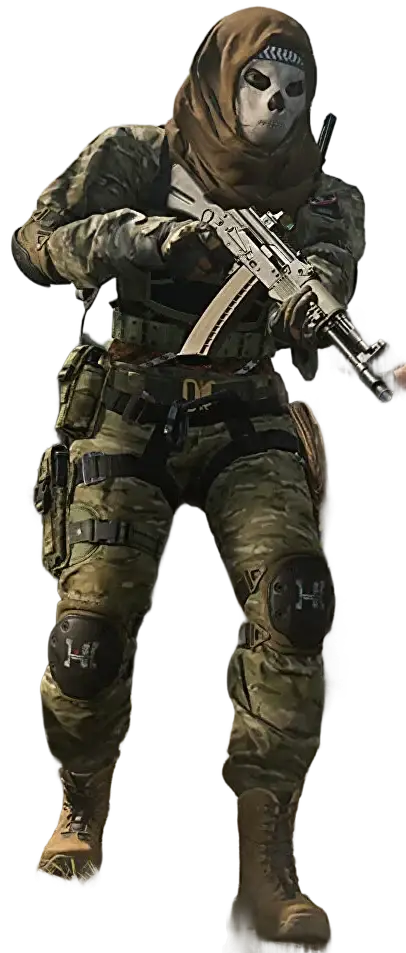


Detailed reviews and recommendations of the most exciting and popular gaming projects that have won the hearts of millions of players around the world. Discover new horizons of virtual adventures that range from fast-paced action games full of adrenaline to deep strategies that require careful planning and tactics. Keep up to date with the latest trends and current innovations in the gaming industry, which are constantly evolving and surprising. We cover both indie games and big releases so that every gamer can find something to their liking. Join our friendly community of gamers, exchange opinions and find your perfect game for an unforgettable time and exciting evenings full of fun and adventure.
Read more
Fast battles, team tactics, and recognizable superheroes — all await players in Marvel Rivals, a new free shooter from Marvel, where each hero has a unique role, fighting style, and interaction with allies. The approach to balance is based on competitive PvP principles, where the right team composition affects the outcome of the battle. Knowing …
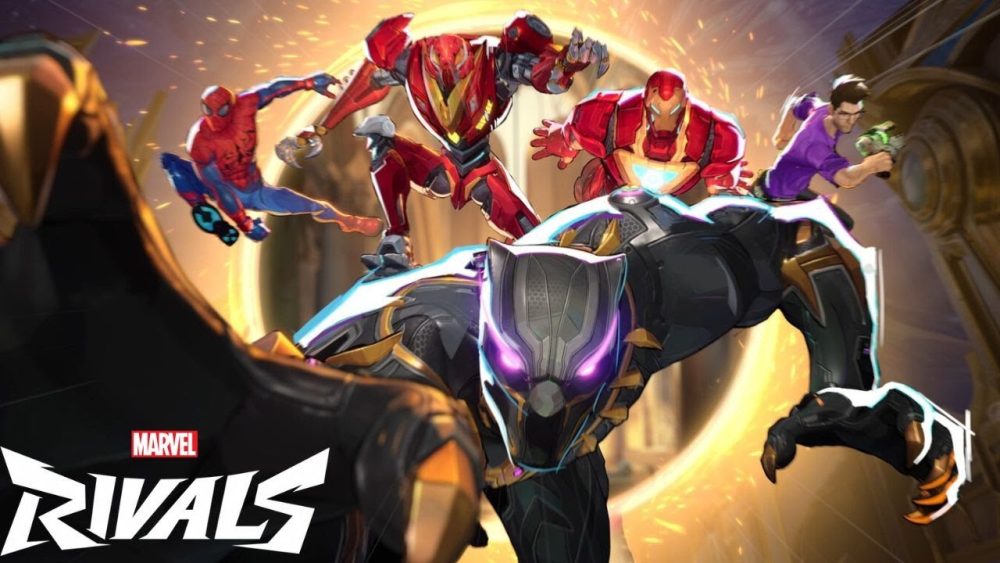
Success in matches is not built on reaction or accuracy. The foundation of victory is the correct distribution of roles. The classes of Marvel Rivals heroes set the strategy, control the zone, initiate battles, heal, hold points, or impose tempo through mobility. Without understanding the structure of roles, the team loses integrity and ceases to …
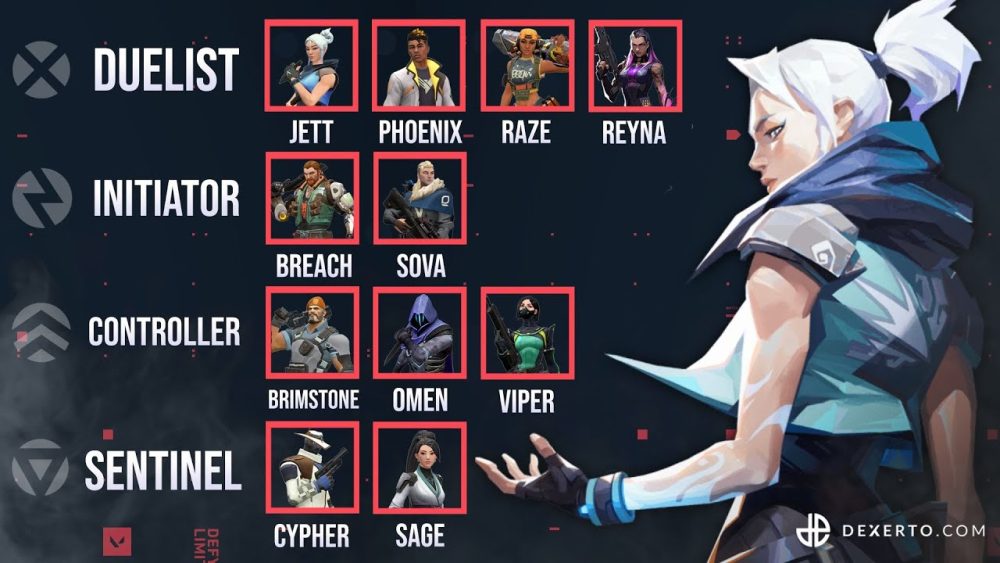
The class system forms the basis of team interaction. Each agent belongs to one of the roles: duelist, initiator, controller, or sentinel. Choosing a Valorant character determines their function in battle, set of abilities, and tactical behavior. Valorant Characters: How Agent Classes Differ Duelists serve as the striking force, initiate aggression, and lead the charge. …
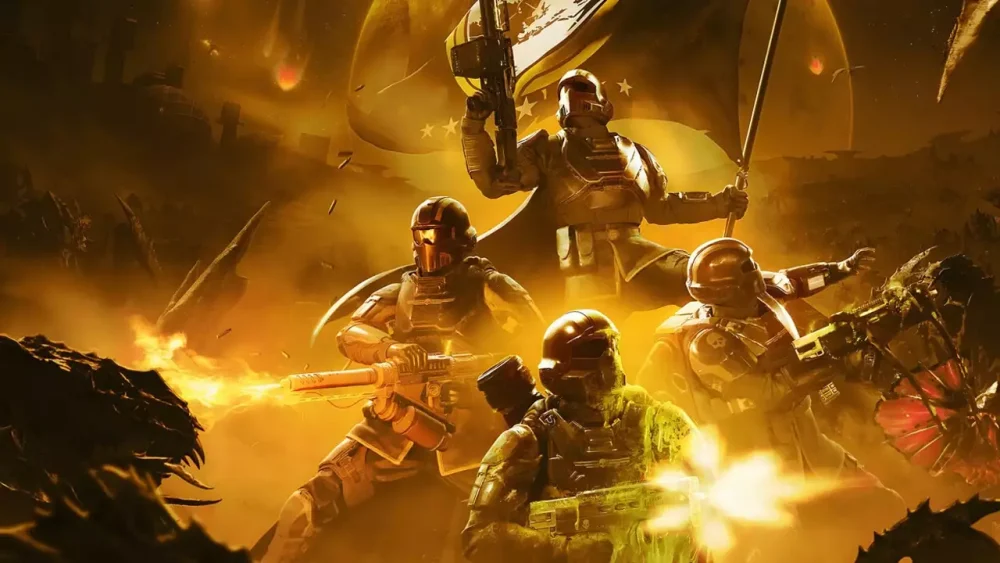
In 2024, the market of multiplayer shooters saw many high-profile projects, but it was Helldivers 2 that became the symbol of a genre renaissance. Developed by Arrowhead Game Studios, the game combined elements of tactics, humor, and team interaction in conditions of constant threat. A review of Helldivers 2 allows us to understand why the …

No slogan, no hosts in masks, no extra words. Just precise hits — 50+ new releases, 90 minutes of gameplay, and no pauses for applause. The summer broadcast of the Future Games Show took place from June 7 to 8, becoming a traditional event in the world of video games. It’s not just a presentation, …

The top games from the Future Games Show 2025 showcase the direction in which the gaming industry is heading. The presentation became one of the most packed in the show’s history, bringing together future hits, unconventional indie projects, and long-awaited returns of cult titles. Developers showcased projects with well-thought-out world architecture, multiplayer interaction mechanics, experimental …

Fast battles, team tactics, and recognizable superheroes — all await players in Marvel Rivals, a new free shooter from Marvel, where each hero has a unique role, fighting style, and interaction with allies. The approach to balance is based on competitive PvP principles, where the right team composition affects the outcome of the battle. Knowing …

Success in matches is not built on reaction or accuracy. The foundation of victory is the correct distribution of roles. The classes of Marvel Rivals heroes set the strategy, control the zone, initiate battles, heal, hold points, or impose tempo through mobility. Without understanding the structure of roles, the team loses integrity and ceases to …

The class system forms the basis of team interaction. Each agent belongs to one of the roles: duelist, initiator, controller, or sentinel. Choosing a Valorant character determines their function in battle, set of abilities, and tactical behavior. Valorant Characters: How Agent Classes Differ Duelists serve as the striking force, initiate aggression, and lead the charge. …

In 2024, the market of multiplayer shooters saw many high-profile projects, but it was Helldivers 2 that became the symbol of a genre renaissance. Developed by Arrowhead Game Studios, the game combined elements of tactics, humor, and team interaction in conditions of constant threat. A review of Helldivers 2 allows us to understand why the …

No slogan, no hosts in masks, no extra words. Just precise hits — 50+ new releases, 90 minutes of gameplay, and no pauses for applause. The summer broadcast of the Future Games Show took place from June 7 to 8, becoming a traditional event in the world of video games. It’s not just a presentation, …

The top games from the Future Games Show 2025 showcase the direction in which the gaming industry is heading. The presentation became one of the most packed in the show’s history, bringing together future hits, unconventional indie projects, and long-awaited returns of cult titles. Developers showcased projects with well-thought-out world architecture, multiplayer interaction mechanics, experimental …
Welcome to our blog dedicated to online game reviews for PC and consoles! Here you will find detailed and unbiased reviews of the most popular and interesting games, which will help you make the right purchase choice. Our team of experts thoroughly tests each game, evaluating its graphics, gameplay, story and other important aspects. Whether it's exciting action games, addictive RPGs or casual indie projects, we will try to reveal all the strengths and weaknesses of each game. Join us and discover new horizons in the world of virtual entertainment!
Read more
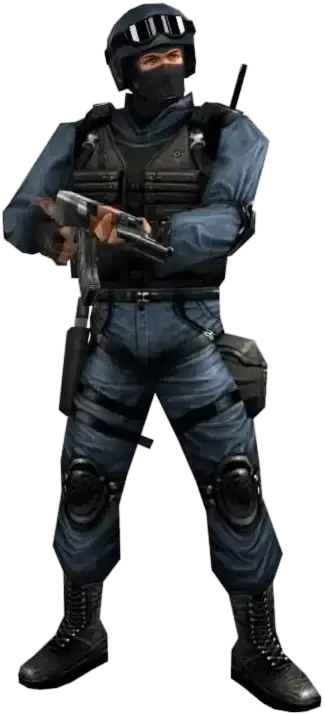


Following online gaming is a great way to watch exciting matches, find out the latest news and trends in the gaming world. It allows you to stay informed and be at the centre of the gaming industry.
Working in game dev offers great opportunities for creative self-expression and professional growth. You will be able to create exciting games that will delight players around the world, and constantly improve your skills in a dynamic industry.
Playing online games provides many benefits. It allows you to have fun, relax and unwind anytime and anywhere. In addition, online games develop logical thinking, improve reaction and coordination. They also help to relieve stress and improve your mood.
Counter-Strike, the iconic first-person shooter game, was first released in 1999 as a modification to Half-Life. It quickly gained immense popularity and became one of the most influential games in the history of cybersports.
Wolfenstein, the iconic first-person shooter series, dates back to 1981, when the original Castle Wolfenstein game was released. This groundbreaking title laid the foundation for the ongoing popularity of the series and its exploration of the grim history of the Nazi regime.
Doom, the iconic first-person shooter, was released in 1993 by id Software, revolutionising the gaming industry with its thrilling action and ground-breaking graphics.

As a streamer, I am in awe of this blog about online gaming. It provides an in-depth and unbiased view of the industry that inspires and entertains.

★★★★★
As a game developer, I just love this blog about online games! It offers a ton of useful tips and interesting reviews that help players stay up to date with the latest trends.

★★★★★
A gaming blog worth reading! A reviewer shares her impressions of new online games. Find out what she thinks about the latest releases.

★★★★★